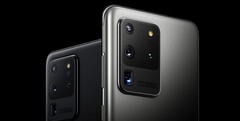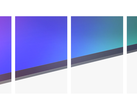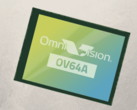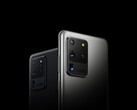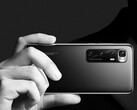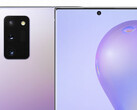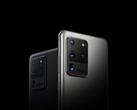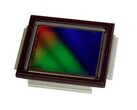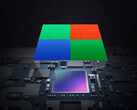Yesterday, Samsung unveiled its newest piece of hardware: the 50 MP ISOCELL GN1 camera sensor that will be used on a variety of devices, starting with the Vivo X50 Pro. While one could easily assume that this new 50 MP sensor is worse than the vaunted 108 MP sensors Samsung has made, they'd be wrong.
The new 50 MP sensor has a 1/1.3" physical size, as opposed to the slightly smaller 1/1.33" ISOCELL Bright HMX and ISOCELL Bright HM1 used on the Mi 10 Pro and Galaxy S20 Ultra. The bigger the sensor size, the more information it can collect.
A 50 MP resolution over a 1/1.3" surface translates into a native pixel size of 1.2μm. This is impressive, especially considering that the 12 MP sensors used on the Google Pixel 4 and iPhone 11 only have a 1.4μm pixel size. Slightly bigger pixels, with a quarter of the resolution. On the other hand, the 108 MP sensor on the S20 Ultra offers just a 0.8μm pixel size. This is a particularly important bit, as the GN1 should deliver much better images when shooting in native 50 MP mode, relative to the 108 MP sensors.
Both the 50 MP GN1 and the 108 MP HM1 can use pixel-merging technology to output 2.4μm pixels, but the GN1 does it with a less complicated 4-to-1 binning process versus the 9-to-1 process used by the HM1. The new 50 MP sensor also supports 8K video recording at 30fps versus 8K@24fps on the 108 MP HM1.
Most importantly, though, the 50 MP sensor delivers Dual Pixel Autofocus. Current-gen 108 MP sensors only offer Phase Detection Autofocus, which is typically a bit worse. It's the major reason for the Galaxy S20 Ultra's focusing issues, for example.




